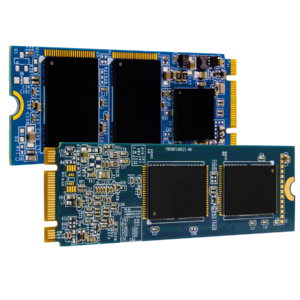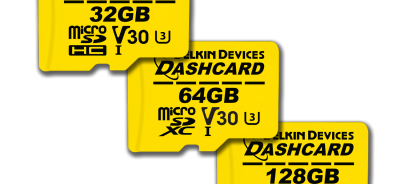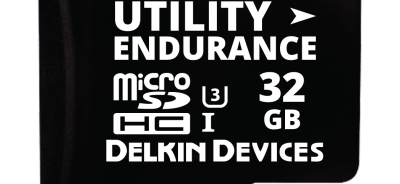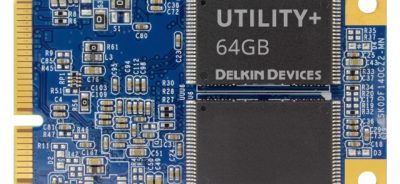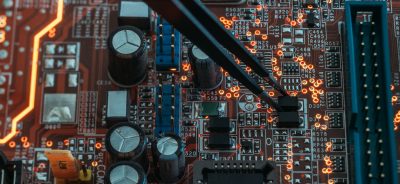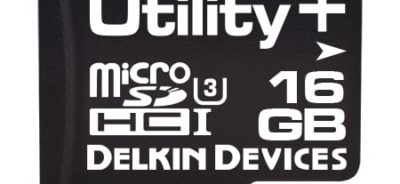Understanding SSD Architecture
Solid state drives, or SSDs, were considered a revolutionary advance in data storage when they were introduced to the market, and they continue to be the preferred drive for the vast majority of consumer and industrial-grade Flash storage products. Because SSDs don’t contain moving parts, they are better equipped than hard disk drives, or HDDs, at operating in rugged conditions, and they also function faster and without the noise associated with HDDs. One of the key components in SSD architecture is the controller. The controller is responsible for creating a connection between the memory in the SSD and the host computer, and without it, the SSD would essentially be useless. Here is a closer look at SSD architecture and the importance of the controller in allowing the SSD to function seamlessly with the host system.
Basic SSD Features
The core features of an SSD are NAND components, each which may have several NAND die, and a controller, which links the NAND components with the host interface. The number of NAND components that are used depends on the design of the SSD, but ultimately, the number of NAND components and the die that they hold will determine the capacity of the drive. The more NAND die that are integrated into the SSD and that can be accessed by the controller, the larger the drive capacity will be.
The controller sits between the NAND and the interface for the host. It acts as a processor to manage the operation of the NAND component and is a standard interface for easy integration into host systems.
Note that NAND capacity doesn’t have to be limited because of space. In small SSDs—for example, mircoSD cards—the NAND and controller die are stacked, and wire bonds are used to create connections. A surprising number of NAND die can be stacked, so it’s possible to have 16 stacked die in one small-packaged SSD.
Controller Architecture
The shape of a controller is less important than the placement and features. If you look at an SSD, you will find the controller sitting behind the area where the card is actually plugged into the host system and in front of the NAND components. The only exception is when it is stacked in a small SSD.
The controller is responsible for some of the most important functions of the SSD. These include read and write caching, ECC, wear leveling, and read disturb management. It also performs bad block mapping. Without these features, the SSD would wear out prematurely and may not function as reliably as necessary.
Delkin’s customer support team is happy to answer your questions about SSD architecture and how to select the right rugged memory solution for your industrial application. Contact us today for more information.
 Login
Login Register
Register


